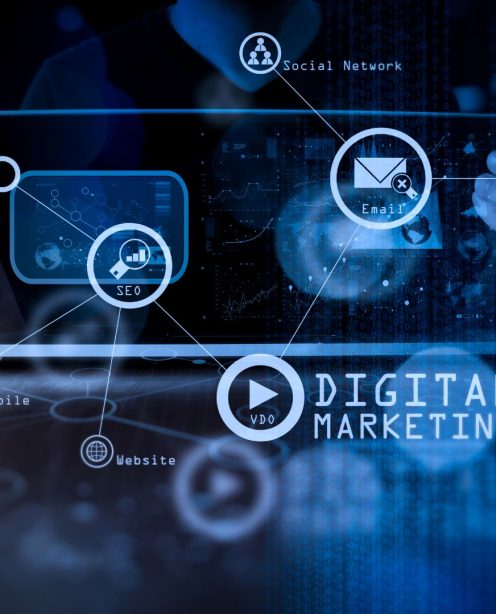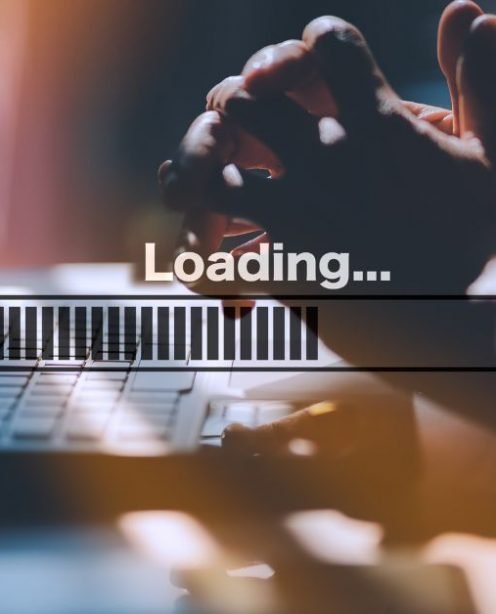Relevance
This was the theme of the opening key note, and a theme that kept coming back over the course of the conference. Nina Simon from Santa Cruz Museum of Art & History ran us through how she turned around the museum and increased their audience numbers dramatically.
When Nina joined the museum it had a core, fairly traditional audience and it wasn't enough to keep the museum open long term. Lots of local residents had never been into the museum and weren't familiar with the building - except in a historical context (it used to be the town's prison). Nina chose to focus the museum on becoming a social space and somewhere that the community could share their own work. This meant changing the work that was programmed, the events that took place on site - asking the question 'what are you willing to change to be relevant to your communities?
Diana Walker-Kuhne of New Jersey Performing Arts Centre undertook a similar effort. Jazz programming did especially well with local, multicultural audiences. An audience who didn't necessarily attend often or in large numbers. By developing a programme that took Jazz out into smaller local venues across the community, NJPAC were able to build relationships with that audience and bring them into the building to attend more, larger scale work.
Xerxes Mazda of National Museums Scotland talked about the importance of relevance when building museum collections - sometimes over hundreds of years - as well as exhibitions. His top tip was to choose items that there are lot of questions about - if there are lots of questions about it now, then there likely will be in the future. And you may have to mothball something for a while and then something in the zeitgeist will change and the item will have it's time again.
Access
There was a lot of talk of barriers and doors and how to remove them. There are lots of ways to help your community access your venue or work, whether it's through...
- the marketing channels you choose to communicate with your target audiences
- the language and approach you use the those communications and on those channels
- the work that you programme in your space
- the offers or incentives you give them to encourage them to come in (or to come back)
- how you make people feel welcome when they encounter you
And, yes, this does include ensuring that all of those things are available to everyone within your audience, regardless of their gender, ethnicity, location, income, education or disability. Unlimited shared top tips from their Guide to Accessible Marketing to help with the latter - definitely worth downloading and reading.
Retention
This is more an observation than anything else. But it's certainly the first time that I've felt like there has been a focus on retention marketing. I wonder if part of this was down to the fact that we had two speakers from the US and as Ben Park from Spektrix noted on Twitter, they tend to think more strategically than us Brits - we can often be guilty of being a little too tactical and a little too campaign driven.
Strategy was also important when thinking about how to engage younger people and children - so that they'll come back and spend when they have money. A few sessions looking at stats and analytics asked the very important question "what do you want to know?" - without knowing that you can't identify what data you need to collect or what you're looking for.
Sport England spent a year on research before the #thisgirlcan campaign launched - this time allowed them to distill what they were doing, get insight and feedback from their target audience and build something really special. Time is always short in the arts but given that a lot of venues programme their venues months, or years in advance, could there be a way to spread this work out?
As Ron Evans highlighted, often the first step to getting a visitor to return, is making their first encounter with you go smoothly. This means that thinking longer term and planning further ahead does no harm to the experience of first timers - if anything it should make their lives better too.
User Experience and Data
This is something that applies both internally and externally. Christina Østerby described how their new systems share data effectively so that information is entered once and then can be repurposed as many times as needed. This makes life easier for both staff and customers who know that everything is up to date wherever they access it.
A few sessions looked at how you can use data, user groups and social media to listen to your audience - or potential audience in the case of #thisgirlcan. You can then apply this learning to make sure everyone's experiences better.
People
The best examples we saw over the course of the week were examples where an organisation's leadership team had a clear, defined goal and ambition for their work. Something that everyone else is able to identify and collaborate on.
Xerxes Mazda talked of the importance of having staff who know their stuff and who are good at identifying and building connections and relationships to help you tell stories.
Nina Simon told us how some of the audience she inherited on joining the museum, didn't approve of the direction she took MAH in. When things change you will lose some of the original audience - but as some of the feedback they received showed, that isn't always a bad thing. Some people will leave you, some will change their relationship with you but as long as you achieve what you set out to achieve, that's ok.
Christina Østerby from the Royal Danish Theatre also experienced a similar thing with internal audience - aka staff. You can involve people in a project and help them understand why it's beneficial to them but there will be some people who just won't come on the journey with you for whatever reason. They may choose to leave you or they may just disengage and you'll have to manage that.
Christina also made the point that people communicate differently and how it's important to invest time in making sure that everyone understands what's happening - and that no one gets lost or misunderstands what's going on.
And finally...
There was a lot of good information and ideas shared and it was great to see some old familar faces and meet new people. There was a little bit of Twitter conversation about a lack of leadership and the fact that the good leaders we do have often remain unsung. How do we make sure that our successes are widely shared across the sector?
There seemed to be a slightly more positive spin on the age old problem of silos within companies - an ever present emphasis on the need for everyone to work together. I sincerely hope that the ideas that the marketers and fundraisers have been enthused and inspired by do get shared more widely when they're back in their usual work environment.
There were a few times over the course of the conference where I was reminded of the good old traditional 4P's marketing mix - to me there is a key P that marketers rarely have much control over and that's Product. This is often the programme and is usually defined by the artistic team. So many examples of great work include an audience development or marketing team doing some sort of programming. Where there are artistic teams who don't think audience first - how do we encourage them to?




